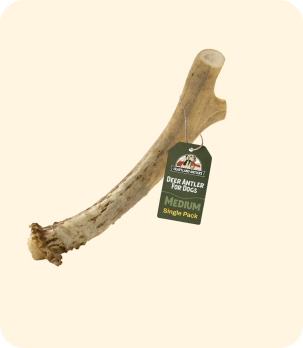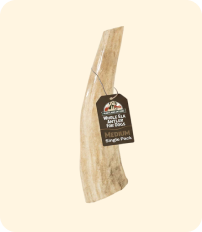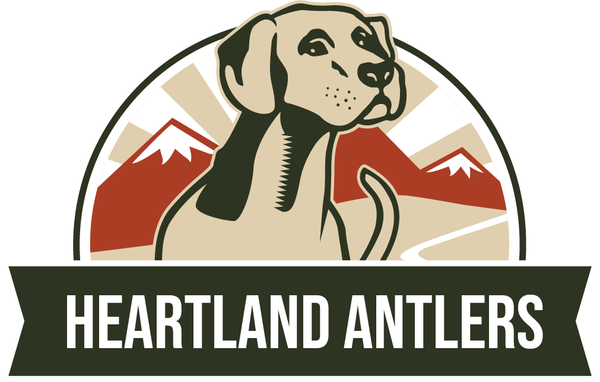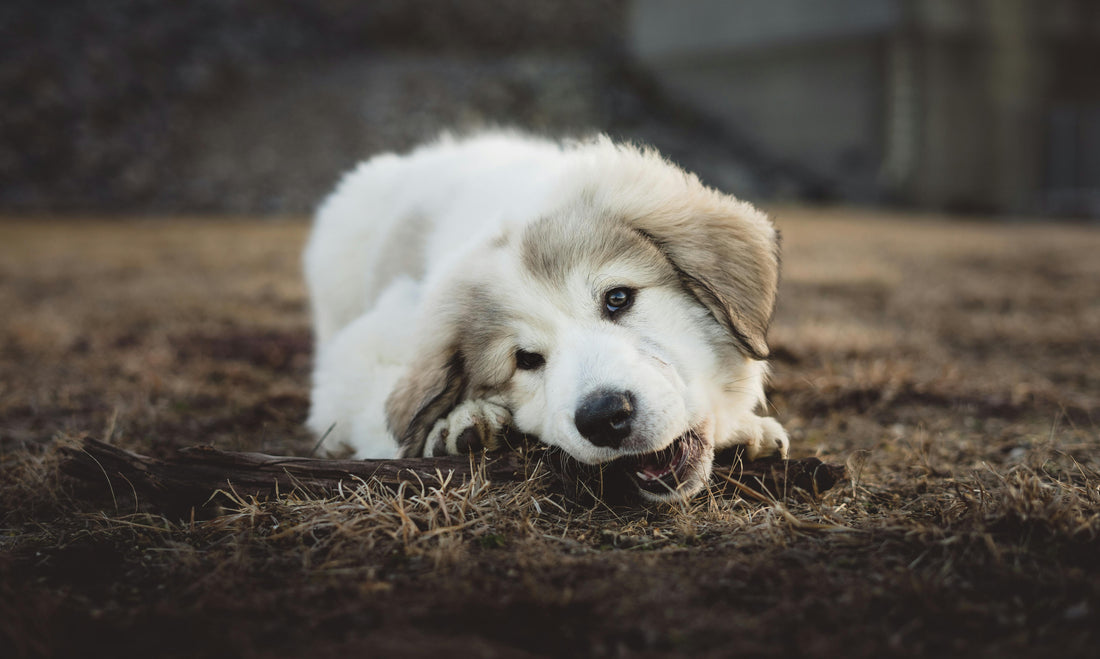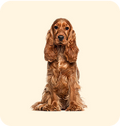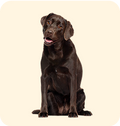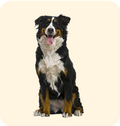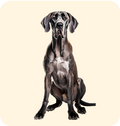Dogs are natural chewers, and providing them with appropriate chew toys is essential for their physical and mental well-being. As a dog owner, it’s important to understand the best chewing practices to promote your furry friend’s health.
In this blog, we’ll explore how to safely incorporate naturally shed deer and elk antler chews into your dog’s daily routine. By following these best practices, you can ensure that your dog enjoys their chewing experience while maintaining optimal health.
Understanding Your Dog’s Chewing Needs

Dog’s chew for various reasons, including boredom, anxiety, relief and dental health. Chewing can help clean teeth, massage gums, and keep your dog occupied. Factors such as age, breed, and size can influence your dog’s chewing behavior, so it’s vital to understand your pet’s unique needs. Providing natural dog chew toys, like deer and elk antler chews for Heartland Antlers, can offer a healthy and satisfying outlet for these instincts.
The Benefits of Antler Chews
Antler chews are an excellent choice for dog owners seeking natural, long-lasting chew toys. Antlers are packed with nutrients, including calcium, phosphorus, and other minerals that promote healthy bones and teeth. Compared to synthetic chews, antlers are less likely to splinter, making them safer for your dog.
Nutritional Value
Antler chews are not only safe but also provide essential nutrients. They contain marrow, which is rich in healthy fats, offering an added nutritional boost. This makes antler chews a wholesome option to incorporate into your dog’s diet.
Longevity and Safety
One of the standout features of antler chews is their durability. Unlike softer chews that can be consumed quickly, antlers can last for weeks or even months, offering ongoing entertainment while reducing the frequency of replacements.
Best Practices for Supervised Chewing

Importance of Supervision
While chewing is a natural behavior, supervision is essential to ensure your dog’s safety. Always monitor your dog during chewing sessions to prevent any potential choking hazards. It’s advisable to engage in supervised chewing in a designated area to keep your dog focused and safe.
Suggested Duration for Chewing
How long should your dog chew on an antler? Aim for sessions lasting about 15-30 minutes, depending on your dog’s size and chewing habits. Larger, more aggressive chews may need shorter sessions, while smaller dogs can enjoy longer chewing times. Always pay attention to your dog’s comfort level and stop if they seem fatigued or lose interest.
Ideal Times for Chewing
Integrate chewing into your dog’s daily routine. Ideal times for chewing include after meals or during playtime. This helps satisfy their chewing instinct while providing a calming activity. Be mindful to remove the antler chew if your dog becomes overly aggressive or if they seem bored.
How to Introduce Antler Chews to Your Dog
Selecting the Right Size
Choosing the right size of antler is crucial. An antler that is too small can pose a choking hazard, while one that is too large may discourage chewing. For most dogs, a chew that is roughly the size of their mouth is ideal. At Heartland Antlers, we offer various sizes to cater to different breeds and chewing styles.
Encouraging Safe Chewing
When introducing the antler chews, allow your dog to explore it at their own pace. Some dogs may need time to get accustomed to the new texture and taste. If your dog is hesitant, try rubbing your hands on the antler or using treats to encourage them to show interest.
Establishing a Chewing Routine
Creating a regular chewing routine can help keep your dog mentally stimulated and engaged. Set aside specific times each day for chewing to establish a habit. Balancing chew time with other forms of play and exercise can enhance your dog’s overall well-being.
Monitoring Interest and Health Responses
Keep an eye on your dog’s interest in their antler chew. If they seem less enthusiastic over time, it may be time to replace it with a fresh one or try a different type of chew. Always observe your dog for any adverse reactions, such as changes in digestion or behavior, and consult our veterinarian if you have any concerts.
Sign It’s Time to Replace Antler Chews

Regularly check the condition of your dog’s antler chew to ensure it is still safe. Signs that it may be time to replace it include:
-
Significant wear and tear
-
Splintering or sharp edges
-
Reduced interest from your dog
Replacing antler chews prevents potential choking hazards and keeps your dog engaged with new textures and flavors.
Common Concerns About Chewing
While chewing has many benefits, dog owners may have concerns. Here are a few common issues and how to address them:
Choking Hazards
To minimize choking risks, always supervise your dog and provide appropriately sized chews. If your dog is an aggressive chewer, consider limiting chew time to avoid excessive force on the antler.
Digestive Issues
If your dog experiences any gastrointestinal discomfort after chewing, it may indicate that they are ingesting too much material. Monitor their chewing habits and consult your veterinarian for guidance.
Conclusion
Establishing the best chewing practices for your dog is vital for their health and happiness. By incorporating natural chew toys like deer and elk antler chews from Heartland Antlers, you can provide your furry friend with a safe and enjoyable chewing experience. Remember to supervise your dog during chew time, choose appropriate sizes, and create a consistent routine. By following these guidelines, you can promote your dog’s dental health and overall well-being.
Ready to enhance your dog’s chewing experience? Visit Heartland Antlers today to explore our selection of premium natural antler chews. Join our community of happy pet owners and subscribe to our newsletter for tips and exclusive offers that support your dog’s health and happiness.
